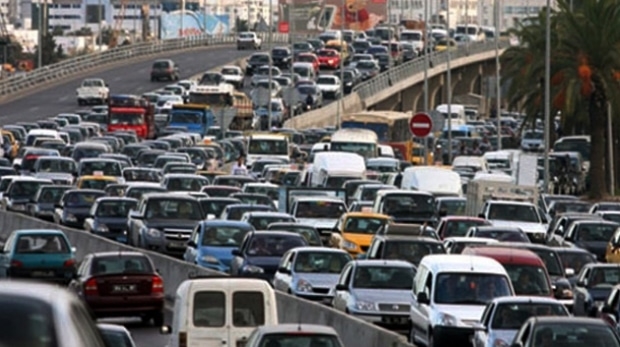In Tunisia, half of the car fleet is made up of vehicles over the age of 15. This was declared this Tuesday, July 29, 2025 Ibrahim Debbache, president of the union chamber of concessionaires and automobile manufacturers.
This alarming observation raises economic, environmental and security issues. The aging of the park is accentuated by the massive import of used cars, which increases the demand in spare parts and increases the carbon footprint.
Faced with the outbreak of new vehicles prices, many Tunisians turn to the parallel market. Two circuits contribute to it: informal garages, on the one hand, and the use of the FCR system (franchise for Tunisians residing abroad), on the other hand. The latter, although legal, is often diverted from its initial objective, giving rise to a real parallel market.
“We are not against the FCR as such, but against the drifts it has generated,” said Ibrahim Debbache on National radio waves. Because in practice, this mechanism often facilitates the entry of used cars on the internal market, which slows down the renewal of the park.
For the president of the room, it becomes urgent to set up a national strategy to promote access to recent vehicles, less polluting and safer, in particular by promoting hybrid and electric cars. A challenge all the greater as public transport remains structurally underdeveloped.
In 2025, 60,000 vehicles should be imported by the 37 approved dealers spread throughout the territory, including 10,000 so -called “popular” models. But the prices will remain high. Several factors explain it: the depreciation of the Tunisian dinar between 2011 and 2018, the 25 % increase in the consumption tax, the increase in VAT from 17 % to 19 %, as well as inflation on the international automotive market.
So many obstacles that slow down access to recent vehicles … and which explain, in part, why Tunisia is still driving with cars of another age.








